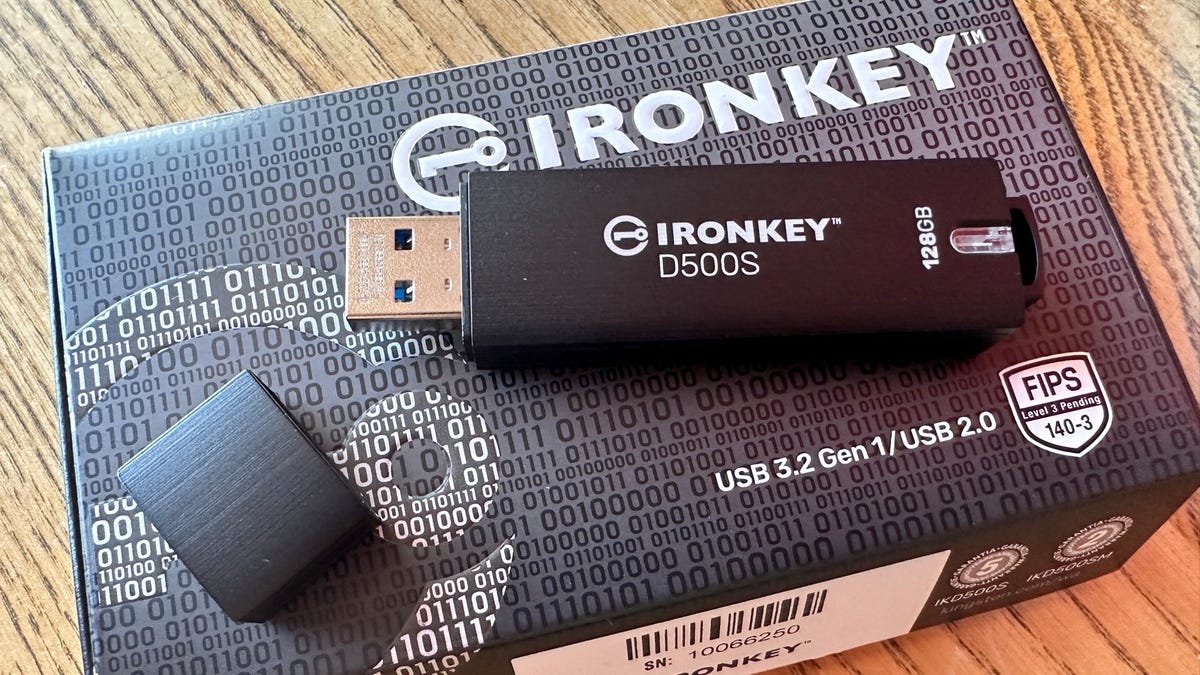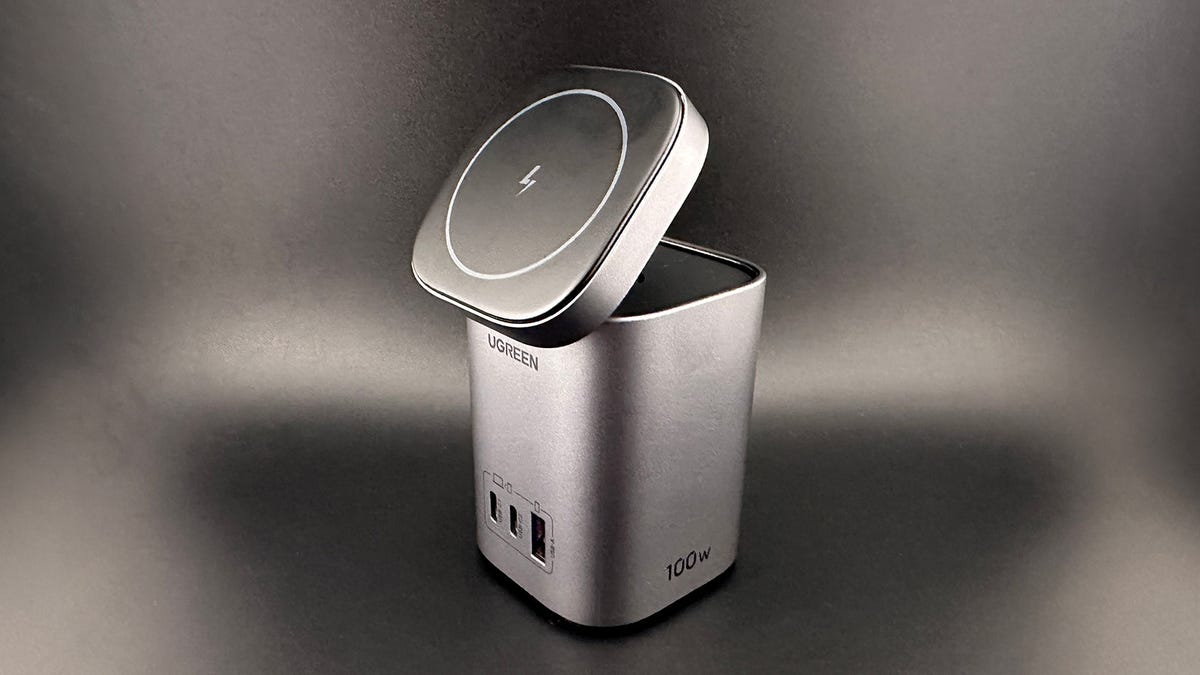BOOK THIS SPACE FOR AD
ARTICLE ADIt's been a month since I wrote about getting a new HP Pavilion 14 laptop and loading Linux on it. My experience with it so far has been extremely good – it has done exactly what I wanted, I haven't had any trouble with it, I have used it, traveled with it, updated all of the various Linux distributions I loaded on it, and even added another distribution to it.
First, I broke one of my own basic rules – never travel with only a new and untested laptop. I left for a three-week-plus vacation in the US the day after my previous posting. I used the laptop pretty much every day during the trip. and never had a problem of any kind. It was fast and reliable, suspend/resume on closing/opening the lid worked perfectly. Battery life is extremely good – I've never actually managed to run the batteries completely out, but I can certainly say that they are good for 6-8 hours depending on your use.
SEE: 20 quick tips to make Linux networking easier (free PDF)
Durability has been good as well; although I never actually "drop-tested" it, I did carry it in my usual travel bag, which got tossed in and out of overhead bins, under seats, in and out of cars and other normal everyday abuse. The screen has been bright and easy to read in all sorts of different light conditions, and the brightness up/down and volume up/down F-keys worked on all of the distributions I have loaded on it.
I kept it up to date as I was traveling (to be honest, that also breaks one of my personal rules – don't risk updates on your only laptop while traveling). That means openSUSE Tumbleweed got hundreds of updates; Debian, Fedora and Manjaro got a fair number as well, and I updated Linux Mint from 19.2 Beta to the final 19.2 release, all without problems.
I also decided to install Ubuntu 19.04 on it one evening when I had a bit of extra time. That turned out to be just as easy as the other distributions I had already installed – download the ISO, dump it to a USB stick and then boot that and run the installer. As with the other distributions it didn't recognize the Realtek Wi-Fi card, but I was able to correct that the same way, and using the same downloads, as I had already done with Linux Mint and Debian. The one small problem that I ran into I already knew about, that Ubuntu and Linux Mint have a directory name conflict in the EFI boot directory. I avoided that by creating a tiny EFI partition specifically for the Ubuntu installation.
Oh, one thing that I am starting to see in a slightly different light is the UEFI firmware and boot configuration on this HP laptop. I've had a lot of negative things to say about HP laptops in this regard before, the most serious of which was that the UEFI boot configuration was difficult to understand and manage. Maybe that has improved since the last time I tried an HP, and maybe I have learned a bit more about managing UEFI boot, but for whatever reason(s), I am starting to appreciate the predictability of the HP configuration. The boot sequence doesn't change no matter what any installed distribution does – it only changes when you go into BIOS setup and change it. This works out just fine for me, because I want Tumbleweed to be my default boot no matter what other distributions I install, so for example even when I installed Ubuntu, and it tried to make itself the default boot, when I rebooted the laptop it still brought up Tumbleweed.
While I was traveling I was asked by several friends who keep up with my blog if I regretted having wiped Windows 10 from this laptop unnecessarily (see the comments on my previous post for details ). My answer was a very clear 'no', there was not a single situation where I needed or wanted to boot Windows, and I was happy to have the additional disk space.
So, what's next for this system? Well, I return to Amsterdam on Monday, and I will be taking it with me there. I will be using it with the usual assortment of beamers and presenter controls, and using the browsers and application software that I need for that environment, and I don't expect to have any difficulty with that either.
That's about all there is to report at this time. I'd love to pass along some really juicy 'tips and tricks' about keeping the laptop working properly with Linux, but there is honestly nothing to say. I bought the laptop, I wiped Windows, I loaded Linux, and it has been smooth sailing ever since.
I guess that in itself is a pretty good 'tip', since using Linux on a laptop used to be so tricky and tedious that there was a dedicated website with model-specific information, advice and configuration tips. This is clearly no longer necessary.
.png)
 5 years ago
239
5 years ago
239 














 Bengali (Bangladesh) ·
Bengali (Bangladesh) ·  English (United States) ·
English (United States) ·